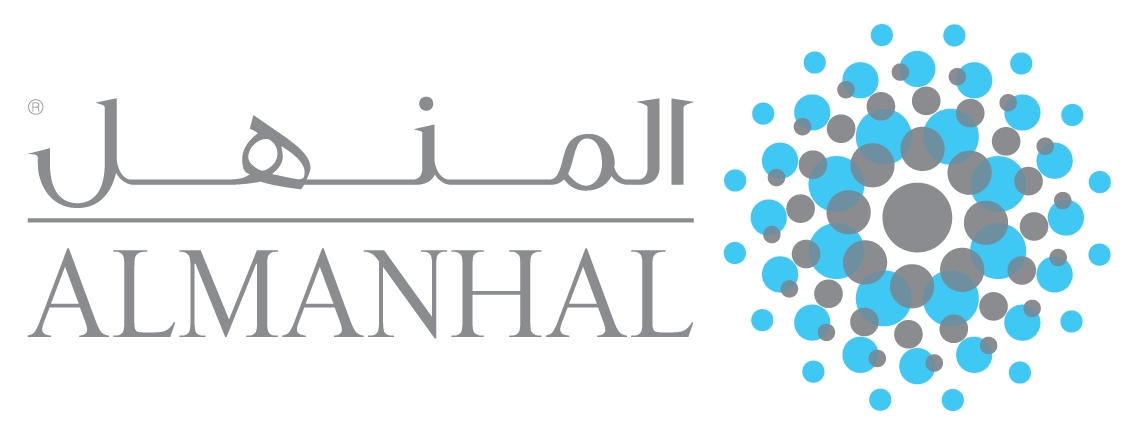Structuring Model for Corporate Productive Cash-Waqf in Indonesia (A Case Study for PT. Semen Indonesia)
DOI:
https://doi.org/10.31436/jif.v6i0.264Keywords:
Structuring Model, Cash-Waqf, Semen, IndonesiaAbstract
The development of Waqf in Indonesia has attracted plenty discussion about the third sector economy model (voluntarily sector) and it’s potential to overcome social economic problems. Semen Indonesia is a giant multi-national state-owned company with various programs of community service that could potentially adopt the concept of cash Waqf as an innovative support for financing socio economic programs for the benefit of the surrounding society. The study has utilized qualitative data by analyzing important and relevant secondary data, direct observation of Semen Indonesia Group, and conducting interviews with key informants. The productive cash Waqf model has been recently developed for corporate Waqf equipped with information technology systems like E-Waqf applications to encourage Semen Indonesia’s big community to donate to the cash Waqf program. The fund accumulation is managed in profitable investment around Semen Indonesia and society environment. The financial and managerial system of Semen Indonesia Company and holding is possibly adopting the productive cash Waqf concept when managed properly and transparently.
Keywords:
Downloads
References
Jalil A., Ramli A.M (2008). Waqf Instruments for Construction contract: An analysis of structure. J. Muamalat and Islamic Finance. Res., 5(1): 183-196.
Khademolhoseini, M. (2009). Cash Waqf a New Financial Instrument for Financing Issues: An Analysis of Structure and Islamic Justification of its Commercialization. Tehran: Imam Sadiq University.
Mannan, M.A.A. (1998). Cash Waqf, Enrichment of Family Heritage Generation to Generation, Social Investment Bank Publication Series No. 1, 1stedition,
Masyita, D. (2005). A Dynamic Model for Cash Waqf Management as One of the Alternative Instruments for The Poverty Alleviation in Indonesia, The 23rdInternational Conference of The System Dynamics Society Massachussets Institute of Technology (MIT), Boston, July 17-21, 2005
Masyita, D., & Febrian, E. (2004). The Role of BRI in the Indonesian Cash Waqf House’s System, BRI International Seminar on Developing Microbanking: Creating Opportunities for the Poor through Innovation in Denpasar, Bali, Indonesia on the 1-2 December 2004
Republika, (2012). The Extraordinary Cash Waqf Potency in Indonesia. Newspaper Edition Sunday, 22 July 2012.
Sabit, M.T. (2011). Towards an Islamic Social (Waqf) Bank. International Journal of Trade, Economics and Finance, 2(5).
Semen Indonesia, (2014). Public Expose Report: PT Semen Indonesia (Persero) TBK and the Prospect of Indonesia Cement Industry: Accessed at www.semenindonesia.com
Semen Indonesia, (2014). Annual Report: Assuring the Move into Next level: Accessed at www.semenindonesia.com
Semen Indonesia. (2014). Development Planning Report Series: Accessed at www.semenindonesia.com
Shirazi, N.S. (2014). Integrating ZakÄt and Waqf into the Poverty Reduction Strategy of the IDB Member Countries. Islamic Economic Studies, 22(1) 79-108. DOI No. 10.12816/0004131
Soderquist, K.E., (2004). Defining and Conducting Case-Based Research: Analysing Case Study Data, PhD Seminar Series Qualitative Research Methodology: Brunel University.












